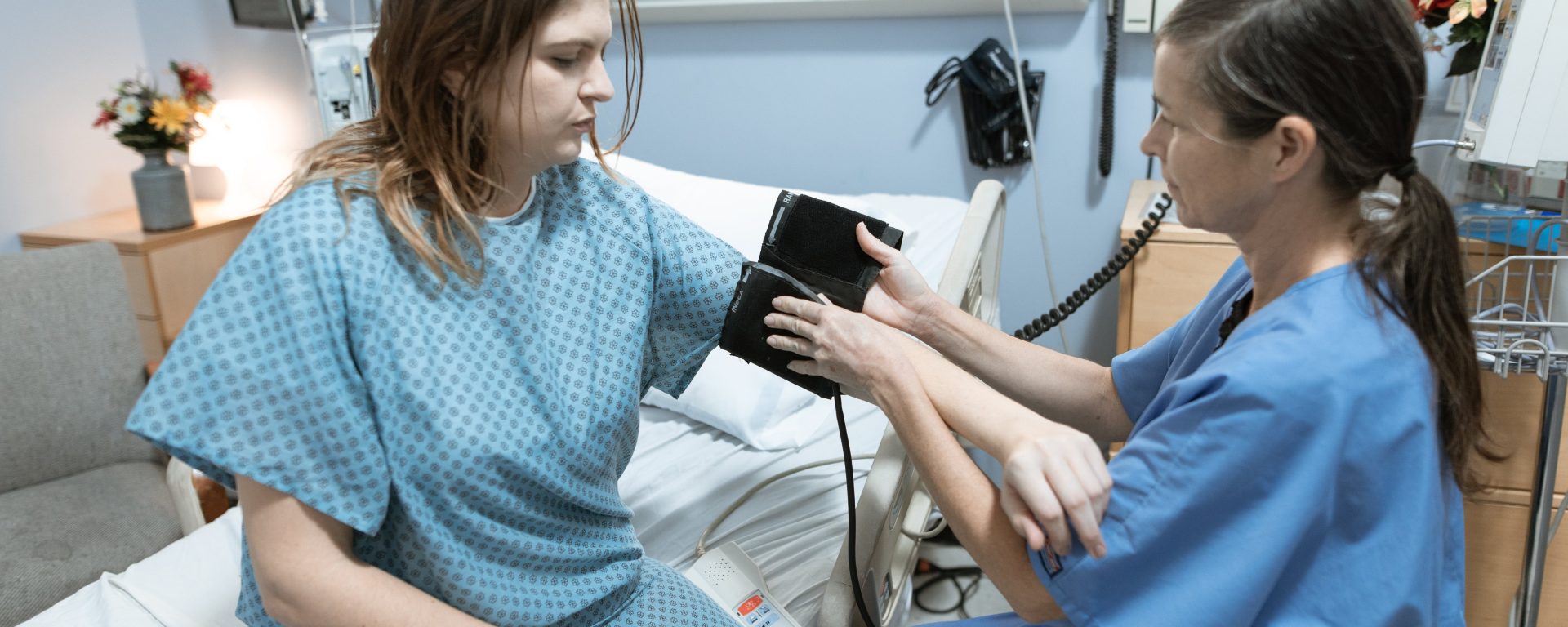In 1999, a study conducted by B. Indredavik, et. al., the effectiveness of treatment in a combined acute and rehabilitation stroke unit (SU) was compared with that in a general ward (GW). The research aimed to identify the distinctive aspects of SU care responsible for the observed improvements in short- and long-term survival, functional outcomes, and the increased likelihood of early discharge to home.
Among the 220 patients initially enrolled, 206 were treated (SU, 102 patients; GW, 104 patients). The study delved into the differences in treatment modalities and their consequences. Various factors, measurable and otherwise, were analyzed for their association with the primary outcome – discharge to home within 6 weeks.
Notable features characterizing the SU included effective teamwork, staff education, functional training, and integrated physiotherapy and nursing. Other treatment distinctions in the SU encompassed a shorter time to initiate systematic mobilization/training and increased utilization of oxygen, heparin, intravenous saline solutions, and antipyretics. Consequences of the treatment included less variation in diastolic and systolic blood pressure (BP), avoidance of the lowest diastolic BP, and reduced levels of glucose and temperature in the SU group compared to the GW group. Univariate analyses demonstrated that all these factors, excluding glucose levels, significantly correlated with discharge to home within 6 weeks. In the final multivariate Cox regression model, a shorter time to start mobilization/training and stabilized diastolic BP emerged as independent factors significantly associated with early discharge to home.
The study findings underscore the significance of a shorter time to initiate mobilization/training as the foremost factor linked to early discharge to home in stroke patients. Following closely, stabilized diastolic BP also played a pivotal role in predicting positive outcomes. The study suggests that characteristic features of an SU, such as a well-trained staff, effective teamwork, and involvement of relatives, though challenging to quantify, may exert a substantial influence on patient outcomes. These findings contribute valuable insights into optimizing stroke unit care, emphasizing timely interventions and blood pressure stabilization for improved rehabilitation and patient reintegration into home environments.
Reference: Indredavik, B., Bakke, F., Slørdahl, S. A., Rokseth, R., & Haheim, L. L. (1999). Treatment in a combined acute and rehabilitation stroke unit: which aspects are most important?. Stroke, 30(5), 917-923.
